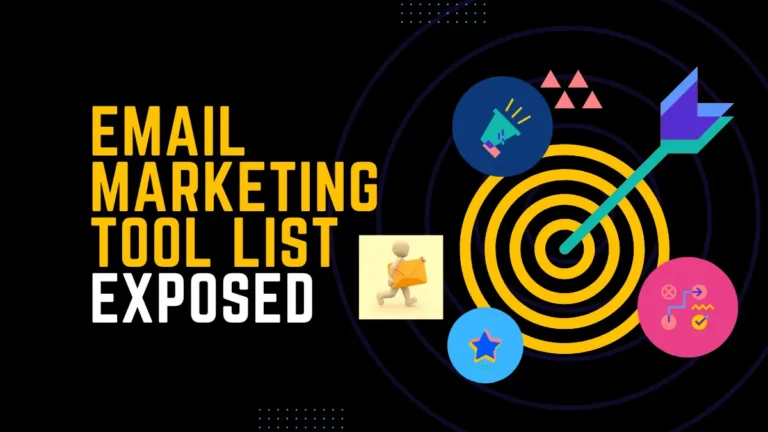Using UGC on social media is one of the biggest trends in marketing It helps brands get closer to their audiences, gather feedback, and of course, get free content and coverage. Such a strategy can be helpful for a modern live sports betting platform and an old-fashioned classic clothes store. Here’s what UGC is and how it works.
What Is UGC?
UGC (user generated content) is original content that users create. Reviews, photos, videos, social media posts or comments on them.
Customers get an opportunity to express their opinion about the brand and its product, and the brand gets not only feedback but also free content and coverage in user accounts.
Why Brands Need UGC
Let’s understand why brands need UGC and how it can help them promote themselves.
Free Content and Coverage
Users create content on their own and the brand team is not involved. That is, there is no need to pay for content. UGC content can be used on the brand page – for example, by posting photos or videos on their social networks. Just don’t forget to ask permission from the content creator before publishing and be sure to tag the author.
Native Distribution
Statistics show that users are more likely to believe a review from someone they know than an ad. User-generated content will natively introduce your product to your audience. When your customers share a review with their friends, it seems natural. People trust such reviews.
Helping You Connect With Your Audience and Get Feedback
With UGC, a brand gets to connect with its audience and get feedback from them. People want to be heard by the brand and leave feedback, comments, photos and videos. So it’s important to respond to user-generated content, not shut down comments and leave customers the opportunity to give feedback.
Increasing Engagement
According to research, UGC increases engagement. When you can be the protagonist in a brand’s social media, you want to be involved in creating and sharing content.
Types of UGC
Photo
Photo of the product or location. The main example here is Instagram. Users share photos and tag brands. And brands, in turn, publish user-generated content in their accounts.
You can use photo content not only on Instagram – it also works for other social networks.
Video
Users can make a review of a product, shoot a video in your location, or unpack a product. Most often, videos are posted on YouTube. But now the popularity of video content is growing, so reviews in this format can be found in all social networks.
Stories
Mentioning in Stories is the newest type of UGC, which came to us with the advent of Stories. In Stories, users can cancel a brand or simply put a geolocation and share the experience.
Stories are now available on almost all social networks, so it’s important to pay attention to this type of UGC as well.
Reviews
Reviews are the most classic example of UGC, which has been around since before social media. Users shared opinions about products on review sites, but now reviews have moved to social networks. Some brands create special sections on social media for customers to have their say.
Comments
Users leave comments on brand pages and that too is UGC. It’s important not to ignore customer comments and give feedback.
How to Get UGC
Make a Great Product
The most important and basic thing is to make a product that you want to talk about. It can be a useful and convenient app, a cozy coffee shop, or an Instagram location.
When people like what you create, they’re happy to talk about it on social media.
Motivate Users to Create Content
It’s important to show that the brand welcomes and encourages user-generated content. You can repost the content to the brand page or respond to the content creator personally, or you can come up with a reward in the form of a free cup of coffee or a discount on a product.
The second option will work better, as the user will have an understanding: you give us feedback, we give you a discount.
Share Content on Your Pages
Users need to understand that the brand sees and appreciates their feedback. This can be by posting content on their social networks or simply commenting under the user’s content. We all want to be heard and noticed.
Read more: Content Marketing – Tips and Ideas You Should Know



